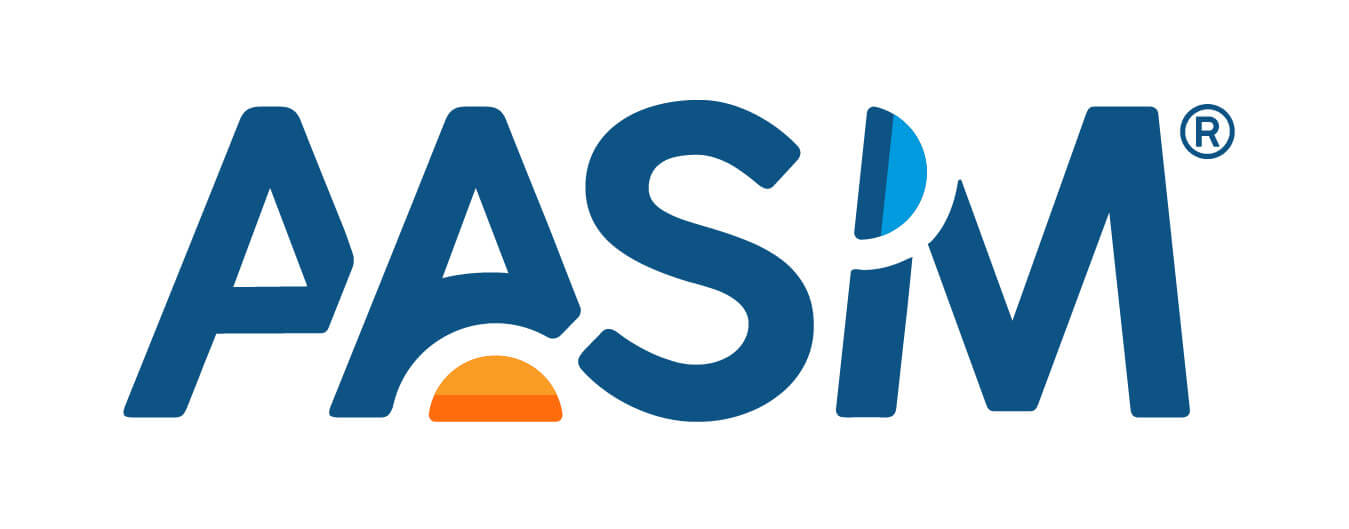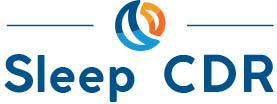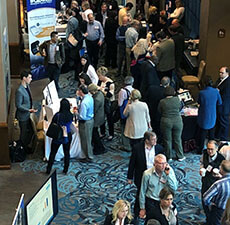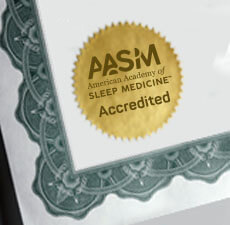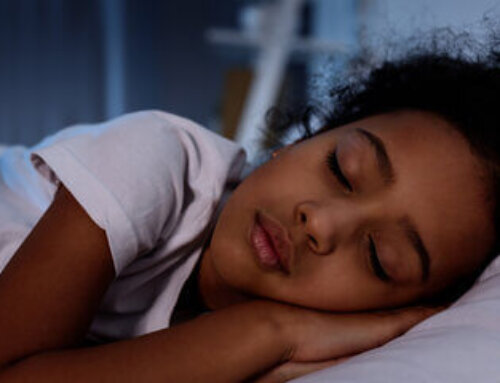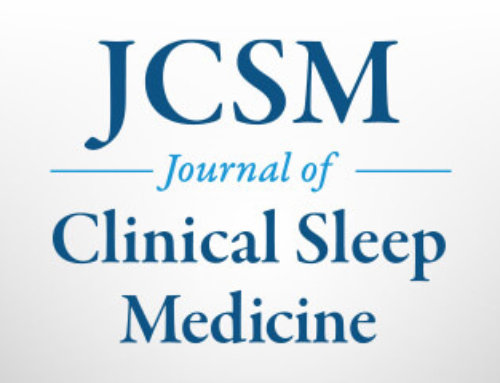Research published in the past year in the Journal of Clinical Sleep Medicine captured the attention of the scientific and medical communities, as well as the media and the general public. The following papers published in 2016 received the most pageviews on the website of JCSM, which is published by the American Academy of Sleep Medicine:
1. Fiber and Saturated Fat Are Associated with Sleep Arousals and Slow Wave Sleep
St-Onge MP, Roberts A, Shechter A, Choudhury AR
Low fiber and high saturated fat and sugar intake is associated with lighter, less restorative sleep with more arousals.
2. Recommended Amount of Sleep for Pediatric Populations: A Consensus Statement of the American Academy of Sleep Medicine
Paruthi S, Brooks LJ, D’Ambrosio C, Hall WA, Kotagal S, Lloyd RM, Malow BA, Maski K, Nichols C, Quan SF, Rosen CL, Troester MM, Wise MS
A panel of 13 experts in sleep medicine and research used a modified RAND Appropriateness Method1 to develop recommendations regarding the sleep duration range that promotes optimal health in children aged 0–18 years.
3. Updated Adaptive Servo-Ventilation Recommendations for the 2012 AASM Guideline: “The Treatment of Central Sleep Apnea Syndromes in Adults: Practice Parameters with an Evidence-Based Literature Review and Meta-Analyses”
Aurora RN, Bista SR, Casey KR, Chowdhuri S, Kristo DA, Mallea JM, Ramar K, Rowley JA, Zak RS, Heald JL
An update of the 2012 systematic review and meta-analyses were performed and a modified-GRADE approach was used to update the recommendation for the use of adaptive servo-ventilation (ASV) for the treatment of central sleep apnea syndrome (CSAS) related to congestive heart failure (CHF).
4. Effects of Suvorexant, an Orexin Receptor Antagonist, on Respiration during Sleep In Patients with Obstructive Sleep Apnea
Sun H, Palcza J, Card D, Gipson A, Rosenberg R, Kryger M, Lines C, Wagner JA, Troyer MD
Suvorexant 40 mg, twice the 20 mg maximum recommended dose for treating insomnia in the USA and Japan, does not appear to have clinically important respiratory effects during sleep in patients with mild to moderate OSA as assessed by mean AHI and SpO2.
5. Quality Measure for Screening for Adult Obstructive Sleep Apnea by Primary Care Physicians
Aurora RN, Quan SF
Implementation of a screening measure in a primary care environment for populations at high-risk for OSA could improve patient outcomes and reduce the health care burden of untreated OSA.
6. Commercial Motor Vehicle Driver Obstructive Sleep Apnea Screening and Treatment in the United States: An Update and Recommendation Overview
Colvin LJ, Collop NA
Based on searches of medical literature, internet materials, and reference lists from existing publications, an overview and discussion of key published recommendations regarding OSA assessment and treatment in CMV operators is provided.
7. Clinical Prediction Models for Sleep Apnea: The Importance of Medical History over Symptoms
Ustun B, Westover MB, Rudin C, Bianchi MT
A new machine learning method known as SLIM (Supersparse Linear Integer Models) produces an actionable clinical tool that can be applied to data that is routinely available in modern electronic health records, which may facilitate automated, rather than manual, OSA screening.
8. Suvorexant in Patients with Insomnia: Pooled Analyses of Three-Month Data from Phase-3 Randomized Controlled Clinical Trials
Herring WJ, Connor KM, Snyder E, Snavely DB, Zhang Y, Hutzelmann J, Matzura-Wolfe D, Benca RM, Krystal AD, Walsh JK, Lines C, Roth T, Michelson D
Suvorexant 20/15 mg improved sleep onset and maintenance over 3 months of nightly treatment and was generally safe and well tolerated.
9. Mandibular Advancement Device as a Comparable Treatment to Nasal Continuous Positive Airway Pressure for Positional Obstructive Sleep Apnea
Takaesu Y, Tsuiki S, Kobayashi M, Komada Y, Nakayama H, Inoue Y
These findings suggest that a mandibular advancement device is as efficacious as nasal continuous positive airway pressure for positional obstructive sleep apnea patients.
10. Comparison of Commercial Wrist-Based and Smartphone Accelerometers, Actigraphy, and PSG in a Clinical Cohort of Children and Adolescents
Toon E, Davey MJ, Hollis SL, Nixon GM, Horne RS, Biggs SN
When compared to polysomnography, UP by Jawbone was analogous to actigraphy (Actiwatch2) and may have some clinical utility in children with sleep-disordered breathing. A smartphone application (MotionX 24/7) did not accurately reflect sleep or wake and should be used with caution.
